
by Suzanna Henshon, Ph.D
Have you ever fallen deeply into a story and emerged changed forever? There are probably moments in the text that stay with you, important scenes sprinkled through your memory. It is difficult to forget the moment when Billy loses his dogs in Where the Wild Fern Grows, or the scene where Nick Allen discovers his word has become part of the dictionary in Frindle. And who can forget when Max returns to his bedroom at the end of Where the Wild Things Are, only to discover his dinner is still hot?
These scenes are moving, emotionally charged, and climactic. So, have you ever thought about bringing this same intensity into your fiction?
Many times writers focus strictly on creating action and at getting readers to turn the page. They work hard at writing interesting dialogue and focus on “entertaining” the reader. While these stories may have loads of intriguing events and fast-paced text, many fall short because the reader isn’t emotionally engaged in the destinies of the characters.
When you create emotional intensity, your reader can’t put your story down. So, what exactly is emotional intensity? An emotionally intense scene is one in which there is something very personal at stake, in which a critical event takes place that elicits an emotional response from the characters in the story (and, by association, the reader). If what’s at stake is something the reader can closely identify with, can empathize with the character or imagine himself in the same situation, then the reader will experience the intensity that emanates from the page.
It is important to understand the difference between showing versus telling. Showing is when the scene is depicted in the text while telling is when the scene is summarized. In order to be intense, an emotional scene must be shown; readers should experience the moment directly along with the characters in the book. Readers must be there with the character, understanding her in an emotional way.
An emotionally-driven scene should occur at a pivotal moment in the plot. So, how do you do this? Think about the scene from the standpoint of the plot triangle. There should be a problem, or conflict, at the beginning, then rising action should eventually lead to a climactic moment, when the character either gets what she wants or doesn’t.
For a good example, read the scene near the end of Sarah, Plain and Tall, when Sarah drives the wagon to town. While she is gone, the children wonder if she will ever return; they wait impatiently and fear that Sarah will leave forever, just like their mother did when she died. When Sarah finally returns, there is a climactic moment when she becomes not just a friend, but a family member; she admits to missing her old home, in Maine, but that if she left she would miss the children and their father more. She becomes part of their lives forever at this moment.
Emotional intensity should lead to a resolution. Realistically, a character cannot cry for hours on end. So you need to think about how to resolve this feeling she has, and how to allow her to move on – perhaps by accepting things the way they are, or perhaps through a comforting word from a friend. Having a resolution to a book is critical; the reader has become emotionally engaged and connected to the character and needs a sense of relief at some point.
Action keeps us turning the pages, but adding emotionally intense scenes means the reader will remember your book forever.
Reprinted from Children’s Book Insider, the Children’s Writing Monthly
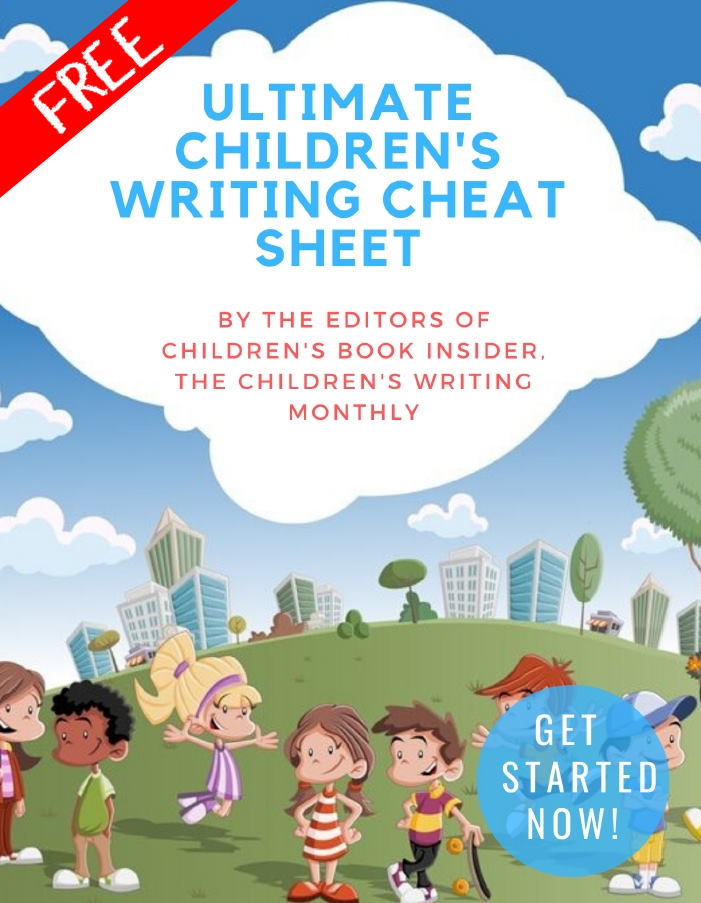
✏ Word Counts & Age Groups for Every Kidlit Category
✏ FAQs, Glossaries and Reading Lists
✏ Category-specific Tips, from Picture Books Through Young Adult Novels
✏ 5 Easy Ways to Improve Your Manuscript
✏ Writing For Magazines …and more!
This is a gift from the editors of Children’s Book Insider, and there’s no cost or obligation of any kind.
We will never spam you or share your personal information with anyone. Promise!
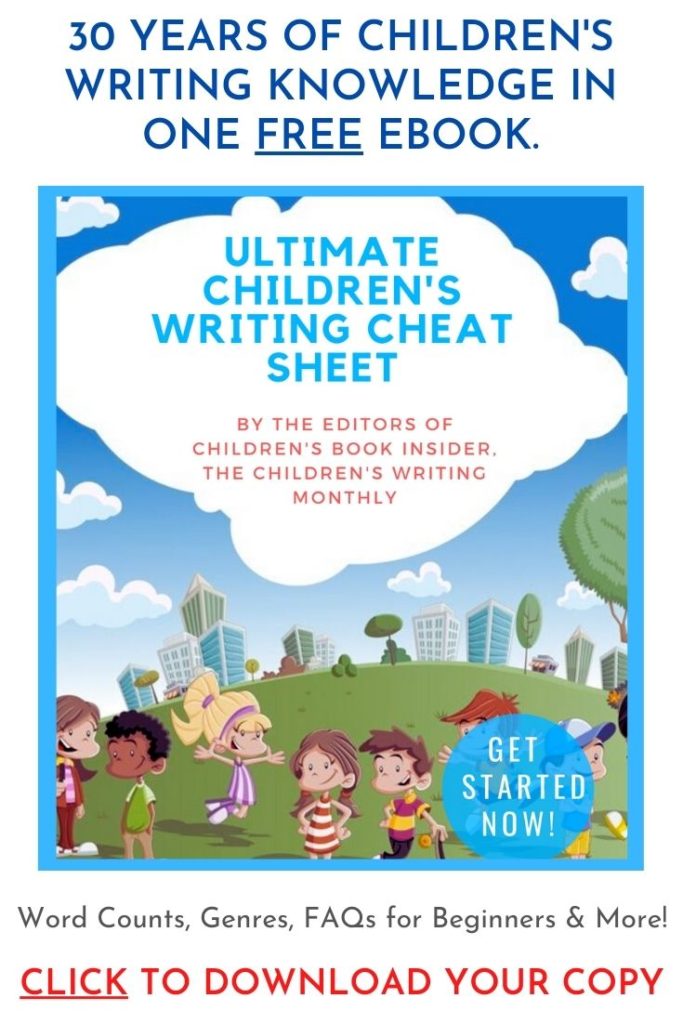
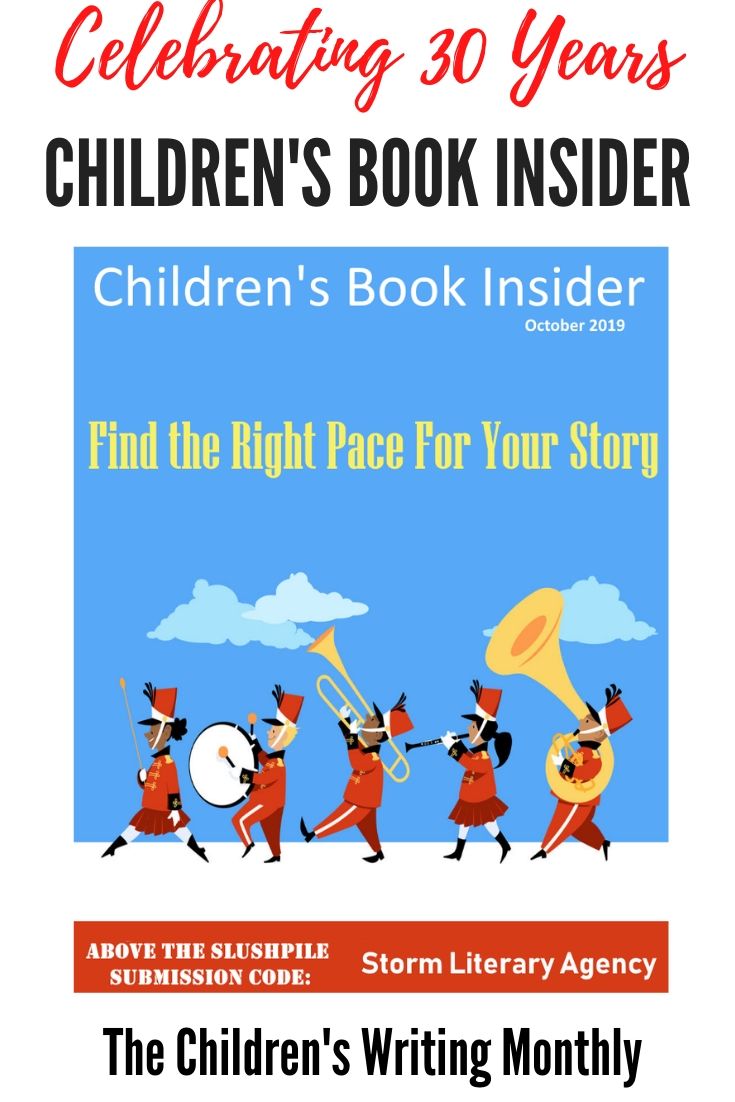
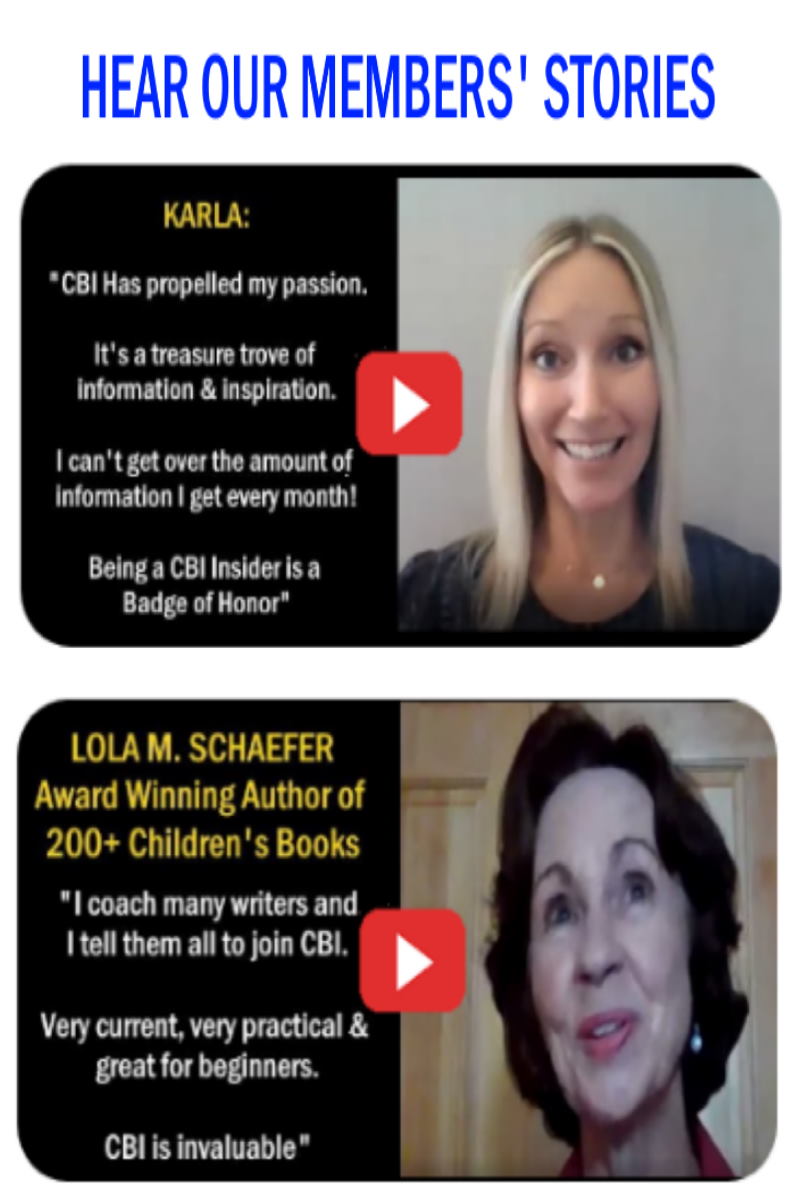
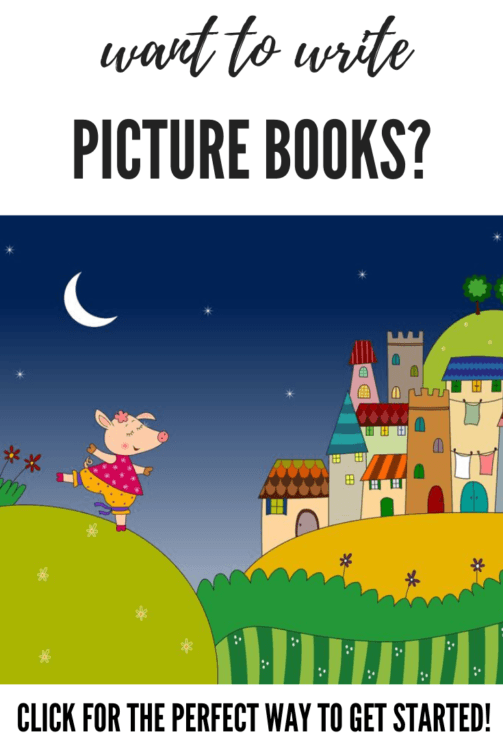


I’m primarily interested in middle school ages. i’ll check it out.